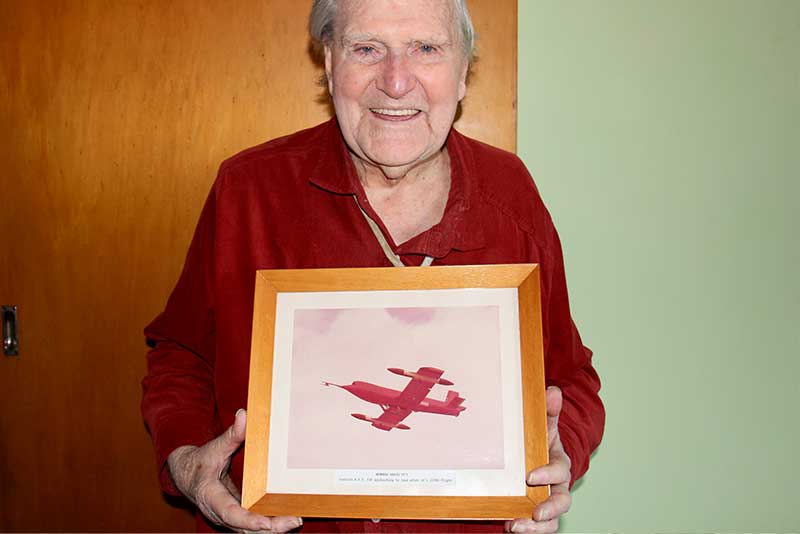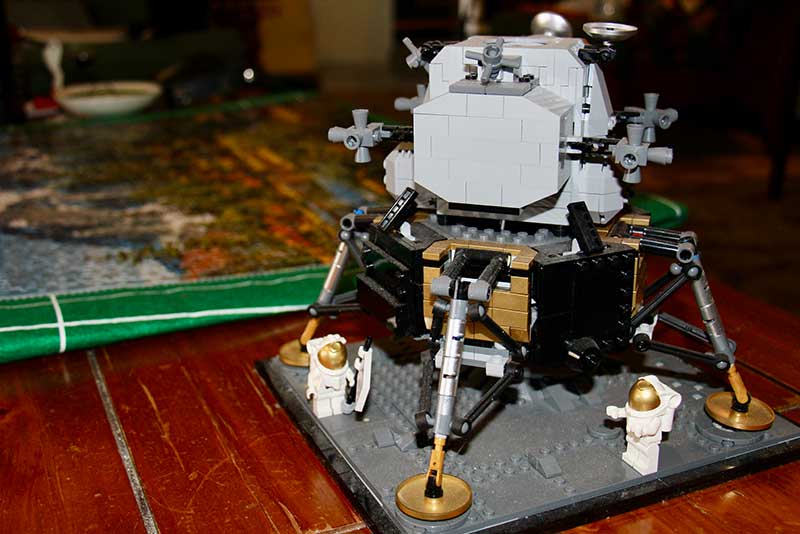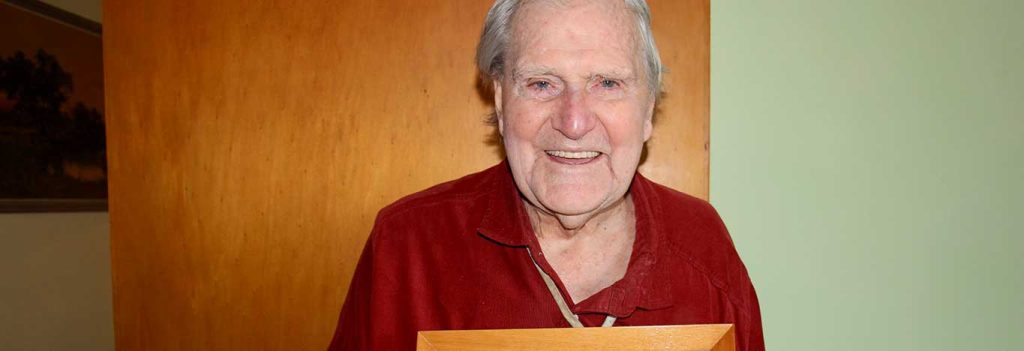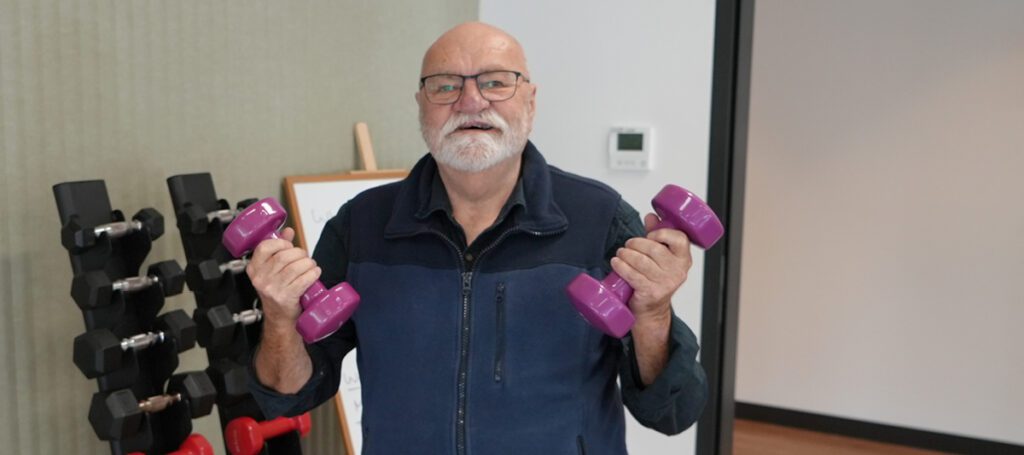From the seas to space, Ron’s career as a radar operator certainly had no boundaries.
Whilst visiting the Royal Show as a teenager, following the end of World War II, Ron was captivated by the Australian Army’s display of ground-breaking tracking technology known as field radar equipment.
Within two years, Ron had completed a Radio, TV and Facsimile Correspondence Course in Sydney and was equipped to embark on an incredible career like no other.
In his first key role Ron worked for the Long Range Weapons Establishment (LRWE). Despite admittedly being slightly out of his comfort zone at the time, Ron played a pivotal role in the design, build and installation of revolutionary radar equipment for the pilotless Jindivik aircraft.

With the aircraft based in Woomera, the English used the Jindivik to test missiles during the Cold War.
However, the skies weren’t the limit for Ron who had his goals set higher. Ron’s time in Woomera coincided with NASA’s build of its Deep Space Tracking Station and satellite dish, south of the town.
“We were in charge of the satellite going around the Moon and the one going around Mars. That was our little bit towards the landing on the Moon.”
The station was built in conjunction with one in Spain and another in America, enabling continuous tracking of satellites as they orbited the Earth, Moon, and Mars.
Ron’s role involved keeping the station and dish operating in peak condition, often requiring advanced calculations by hand (there were no calculators) to ensure the dish was effectively angled at and corresponding with the fast-moving satellites.
Upon closure of the station Ron was asked to return to the LRWE where his expertise was requested for yet another significant project, this time involving the Navy.
Here, Ron played a pivotal role in the installation and testing of a sophisticated target radar at a Navy and Airforce base in Nowra, New South Wales.
The radar was designed to track Navy ships travelling as far as 60 miles offshore and aircraft including those from Ron’s previous project, the Jindiviks.
Throughout his career Ron made a significant contribution to all three services, assisting with numerous aircraft, ship and tank radar installations and missile trials.
He played a pivotal role in Navy trials through to his retirement in 1994.
After retiring Ron took up orienteering, traversing the globe and winning gold on numerous occasions. “It sure keeps you fit,” Ron said, who was still running well into his 80s.

These days, Ron enjoys the challenge of a 1000-piece puzzle at home and cherishes time spent with his three children and nine grandchildren.
Ron receives Commonwealth Home Support Program (CHSP) services from ACH Group.
This article was published in Good Lives Magazine – Issue 11.
Contact us to learn more about services that support older South Australians to remain living independently in their own home.



